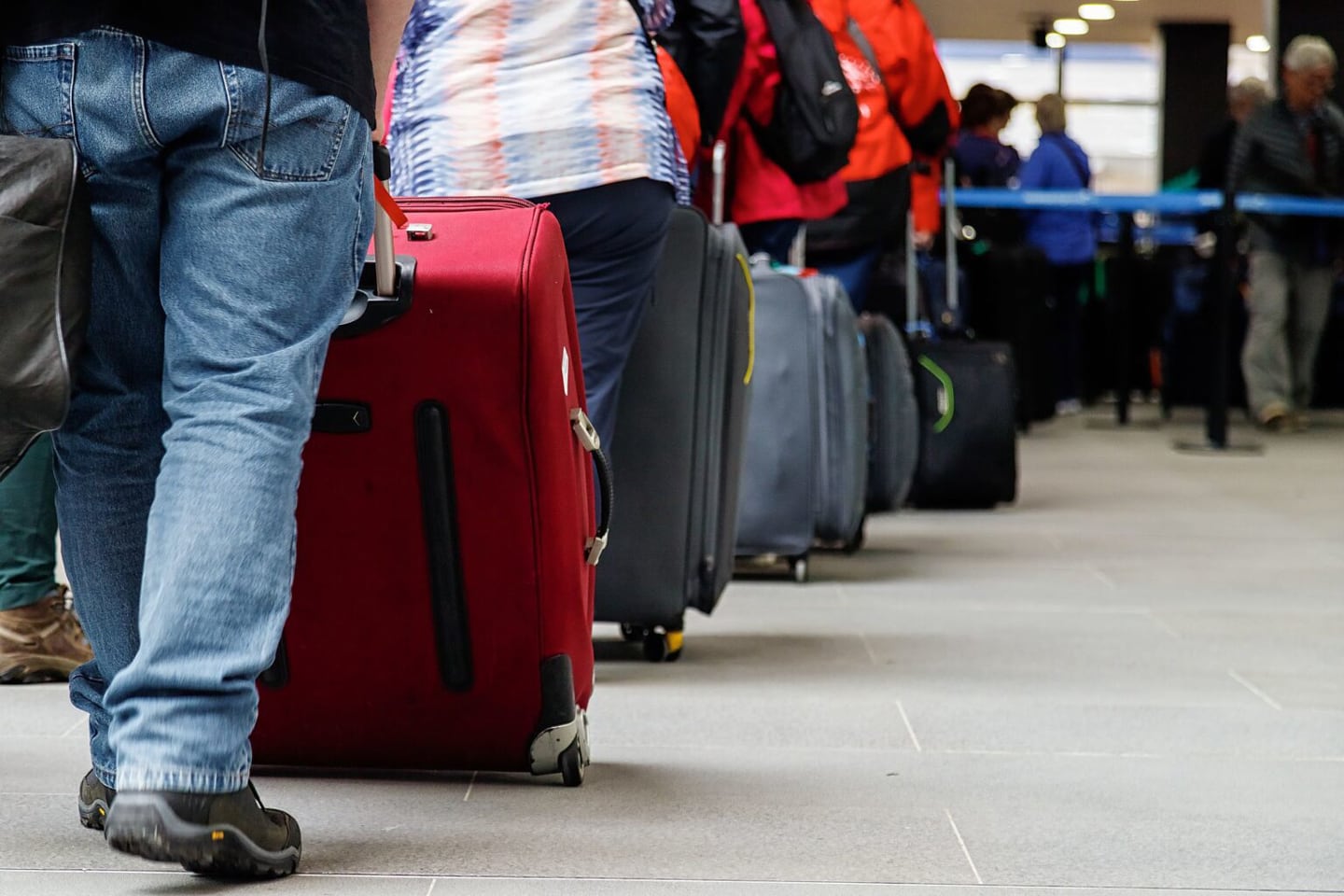Between 2013 and 2022, the influx of international migrants to Brazil led to the birth of 129,800 children born to immigrant mothers. These data were unveiled at a seminar organized by the Ministry of Justice and Public Security, commemorating the 10th anniversary of the creation of the Observatory of International Migration (OBMigra), an entity affiliated with the ministry.
Over the span of a decade, the nationalities of immigrant mothers in Brazil have undergone notable shifts. In 2013, over 8,500 children born to immigrant mothers were registered, with the majority being of Bolivian and Paraguayan descent, followed closely by Chinese women in third place. By 2016, Haitian mothers surpassed Chinese mothers, maintaining this status until 2018. The subsequent year saw Venezuelan women assuming the leading position, followed by Haitian and Bolivian women.
Highlighted in the balance sheet is a noteworthy statistic on marriages involving immigrants. A total of 66,300 marriages featured at least one immigrant spouse. Among these, unions between immigrant men and Brazilian women constituted 59 percent of the overall total, whereas marriages involving Brazilian men and immigrant women accounted for 28.1 percent. Additionally, marriages wherein both spouses were immigrants comprised 12.9 percent of the total.
Change in profile
The report points to a significant change in both the origin and intensity of immigrant flows to Brazil during the analyzed period. In 2022, the Federal Police recorded 1.2 million long-term and temporary residence permits, marking a tenfold increase from the outset of the period. Venezuelans, Haitians, Argentinians, and Colombians emerged as the primary nationalities seeking residency, surpassing the once-prominent presence of Portuguese, Spanish, Germans, and Italians.
“In 2013, the police recorded 105,094 residence applications, encompassing 67,535 long-term and 37,559 temporary stays. A decade later, the volume of residence registrations has risen to 1.2 million—over ten times the initial figure observed. Notably, the proportion of long-term migrants has surged from 64.2 percent to 80.8 percent, suggesting that in the migratory aspirations of these individuals, Brazil has become the preferred destination for establishing a permanent residence,” the report reads.
Refugees
The OBMigra report offers insights into the evolution of both the volume and the demographic profile of applications for the recognition of refugee status submitted to the Federal Police. In 2013, the applications numbered just under 6,000, with Bengali, Haitian, and Senegalese nationalities prominently featured. Over the subsequent two years, Syrians gained increasing relevance in the applicant pool. The year 2016 witnessed a significant turning point when the humanitarian crisis in Venezuela led to a surge in the influx of migrants to Brazil.
In that same year, Cubans and Angolans joined the ranks of the primary nationalities seeking refuge. Over the historical series under scrutiny, there were 210,052 requests for refuge from Venezuelans, 38,884 from Haitians, 17,855 from Cubans, and 11,238 from Angolans. The report notes that in 2022, the proportion of women applying for refuge reached 40 percent, with the majority hailing from Venezuela and Cuba.
Source: Agência Brasil



